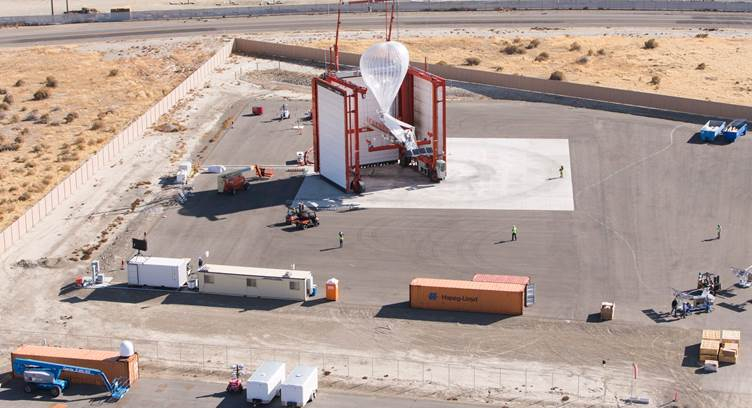Telkom Kenya and Loon last week announced the availability of mobile Internet service via the Loon technology to Kenyans, starting July 2020. This important milestone comes as the project partners approach the completion of their network integration tests, that have seen them successfully assess service quality across their infrastructure and respective networks. In one field testing session in late June, Loon and Telkom registered an uplink speed of 4.74 mbps, a downlink speed of 18.9 mbps, and latency of 19 milliseconds (ms). In this and subsequent testing, the service was used for applications such as email, web browsing, data calls e.g via WhatsApp, video calls, and YouTube.
Even with Loon’s advanced machine learning algorithms that work to keep the balloons up, there are times when certain impediments such as wind patterns and restricted airspaces, could result in intermittent service availability. Loon and Telkom are working together to limit any potential service disruptions and improve the user’s experience. As Loon gains more experience flying in Kenya, and dispatches more balloons to the service region, it is expected that service consistency will increase. In addition, with the Loon technology being a solar-powered solution, customers will get to experience mobile Internet service availability from 6:00 am to 9:00 pm.
The service will initially cover a region spanning nearly 50,000 sq.km., including the areas of Iten, Eldoret, Baringo, Nakuru, Kakamega, Kisumu, Kisii, Bomet, Kericho, and Narok.
To provide service in Kenya, Loon and Telkom are utilising a fleet of around 35 or more separate balloons that are in constant motion in the stratosphere above eastern Africa.
Mugo KIBATI, CEO, Telkom Kenya
This being a purely data service and with the continued migration of communication towards data-supported platforms, the Internet-enabled balloons will be able to offer connectivity to the many Kenyans who live in remote regions that are underserved or totally unserved, and as such remain disadvantaged.
Alastair Westgarth, CEO, Loon
Without the support and engagement by various government agencies, today would not be possible. We are incredibly grateful to the many governmental stakeholders who helped usher in Africa’s first application of this innovative technology.






















